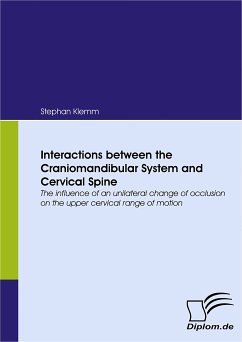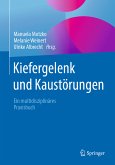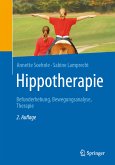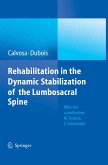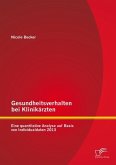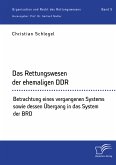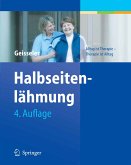This prospective, randomized, double-blind investigation evaluated the influence of a short-time artificial change of occlusion to the upper cervical spine mobility. Twenty 14-19 aged female dancers were investigated in a cross-over-design on head movement rotation in anteflexion with a three-dimensional ultrasonic measurement device, the Zebris 3D Motion Analyzer (CMS 70 P). A change of the occlusion was produced by positioning a 0.75mm foil of tin between premolar and first molar of the right side. Towards the current theory of convergence of cervical and trigeminal nerves the change of occlusion should enlarge tensions in the suboccipital muscles and consequently decrease the mobility of the upper spine. The results of this investigation are: There were no significant differences in measuring movements of the upper cervical spine in dependence of changes of the occlusion. Assessments of the probationers to the changes in tension or motion support these results.
